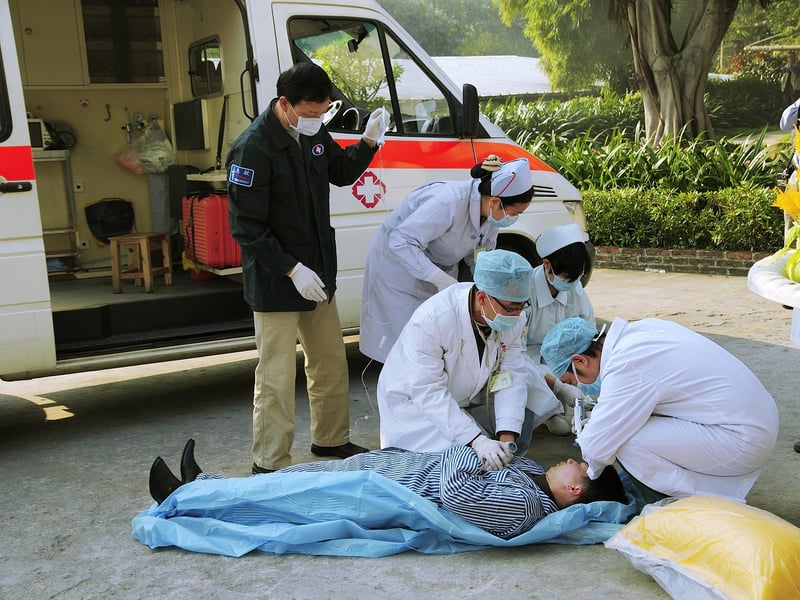First Aid Tips
Staying Secure on Your Expeditions + First Aid Tips
Introduction
Embarking on outdoor adventures can be exhilarating, but it's essential to prioritize safety and preparedness. Whether you're hiking in the wilderness, camping under the stars, or exploring new territories, being equipped with the right knowledge and tools can make all the difference in staying secure and handling emergencies effectively. In this article, we'll cover essential tips for staying safe on your expeditions and provide valuable first aid advice to ensure you're prepared for any situation.
Staying Secure on Expeditions
When venturing into the great outdoors, keeping yourself secure should be a top priority. Here are some key tips to help you stay safe during your expeditions:
1. Plan Ahead
Research your destination, familiarize yourself with the area, and inform someone of your itinerary. Knowing the terrain, weather conditions, and local wildlife can help you prepare adequately.
2. Pack Essential Gear
Ensure you have the necessary equipment such as a map, compass, first aid kit, extra clothing, food, water, and a communication device. Being prepared can help you handle unexpected situations effectively.
3. Stay Hydrated and Nourished
Drink plenty of water and carry high-energy snacks to keep yourself hydrated and fueled throughout your journey. Proper nutrition is crucial for maintaining energy levels and staying alert.
4. Dress Appropriately
Wear suitable clothing and footwear for the terrain and weather conditions. Dressing in layers can help you regulate your body temperature and protect yourself from the elements.
5. Be Aware of Your Surroundings
Stay vigilant and observant of your environment. Watch out for potential hazards, wildlife, and changes in weather. Being aware can help you avoid accidents and respond promptly to emergencies.
First Aid Tips
Accidents can happen when you least expect them, so having basic first aid knowledge is crucial. Here are some essential first aid tips to help you handle common outdoor emergencies:
1. Cuts and Scrapes
Clean the wound with water, apply an antiseptic, and cover it with a sterile bandage. Monitor for signs of infection such as redness, swelling, or pus.
2. Sprains and Strains
RICE method: Rest, Ice, Compression, Elevation. Rest the injured area, apply ice, use a compression bandage, and elevate the limb to reduce swelling and pain.
3. Insect Bites and Stings
Remove the stinger if present, wash the area with soap and water, and apply a cold compress to reduce swelling. Monitor for signs of allergic reactions.
4. Heat Exhaustion
Move to a cool place, drink water, and apply cool compresses to the body. Remove excess clothing and seek medical help if symptoms worsen.
5. Burns
Run cool water over the burn, cover it with a sterile dressing, and seek medical attention for severe burns. Avoid applying ice or butter to the burn.
Conclusion
By following these tips for staying secure on your expeditions and being equipped with first aid knowledge, you can enjoy outdoor adventures with confidence and peace of mind. Remember that preparation, awareness, and quick action are key to ensuring your safety and well-being in the great outdoors.


